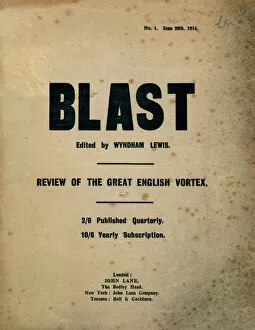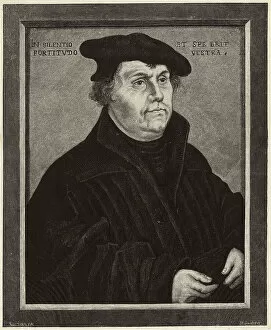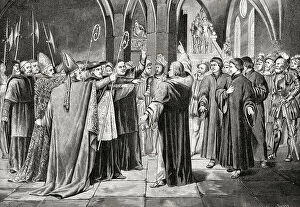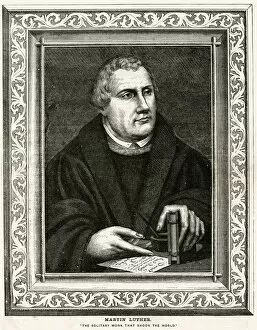Seminal Collection
"Seminal: Exploring the Revolutionary Power of Ideas" In the vast tapestry of history, certain moments and individuals emerge as pivotal
All Professionally Made to Order for Quick Shipping
"Seminal: Exploring the Revolutionary Power of Ideas" In the vast tapestry of history, certain moments and individuals emerge as pivotal, forever altering the course of human progress. From the first issue of Blast magazine in 1914 to Lucas Cranach's iconic portrayal of Martin Luther, these seminal influences have shaped our world. Blast magazine burst onto the scene like a thunderclap, challenging artistic conventions and heralding a new era in modernism. Its pages crackled with radical ideas that would reverberate through generations, igniting creative fires and inspiring countless artists to push boundaries. Speaking of revolutionaries, Martin Luther stands tall among them. A man whose indomitable spirit shattered centuries-old dogmas and sparked a seismic shift in religious thought during the Protestant Reformation. His portrait by Lucas Cranach captures his essence – an unwavering gaze reflecting conviction and determination. But it is not only within art or religion that we find these seminal figures; science too has its trailblazers. Charles Darwin's groundbreaking work "On the Origin of Species" forever altered our understanding of life on Earth. The title page alone serves as a visual testament to his revolutionary theories - words that challenged long-held beliefs about creation itself. As we delve deeper into history's annals, another facet emerges - one more intimate yet equally significant: human biology. The movement of sperm and seminal fluid symbolizes life's very beginnings - a microscopic dance that holds within it immense potential for creation. Yet amidst these grand narratives lies Isabella Mary Beeton – her name may not be as widely known but her influence is undeniable. Her pioneering cookbook became an indispensable guide for Victorian homemakers, transforming culinary practices and shaping domesticity for generations to come. These glimpses into moments past remind us that greatness can arise from unexpected sources – whether through artistic revolutions or scientific breakthroughs or even humble cookbooks. These seminal figures embody courage, innovation, and the power to challenge established norms, forever altering the trajectory of human history.









